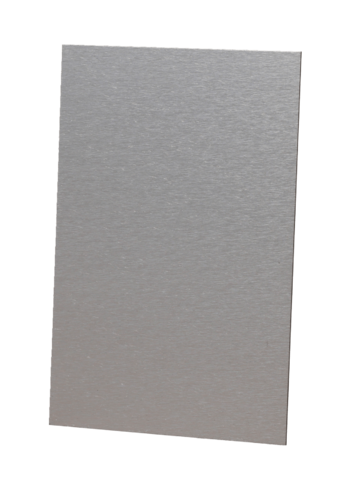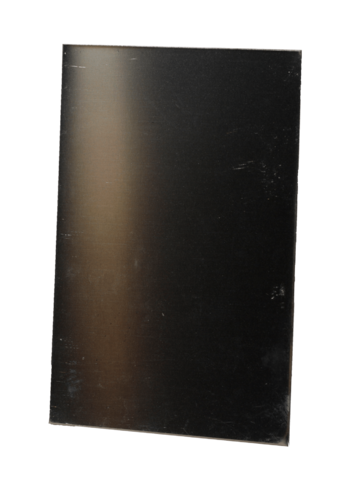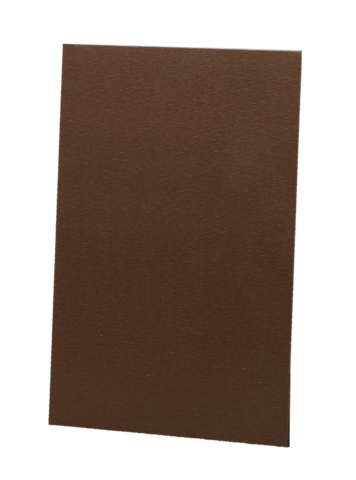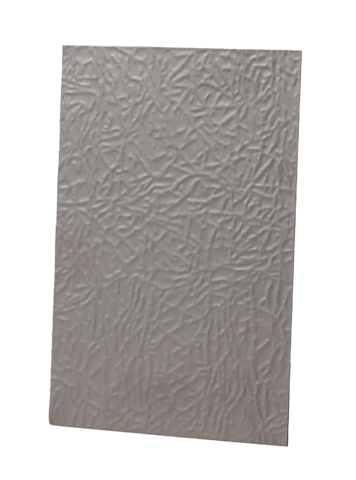stainless steel
Life Cycle Transition
About the Product
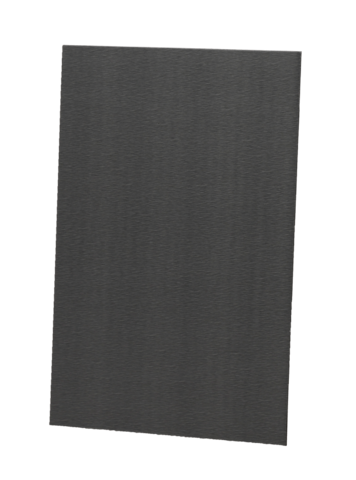
The material steel is obtained from iron ores and consists of an iron-carbon alloy with a carbon content of maximum 2%. Additional elements can be added to improve its properties. Primary production is very energy-intensive: coke and coal are used in the blast furnace, heated with natural gas for the chemical reduction of iron ore to pig iron. Since the pig iron then still contains too much carbon and sulphur, further process steps follow.
DIN EN 10027 differentiates between steels in terms of their properties. Accordingly, carbon steel has higher qualities in terms of formability, purity etc. than basic steel, but is inferior to stainless steel. Stainless steels are types of steel which are characterised by their high degree of purity. They include almost all alloyed steels. Alloys vary in order to exhibit different properties, e.g. the alloying element chromium provides corrosion resistance through its passive layer formed with oxygen. Unalloyed stainless steels have fewer non-metallic inclusions than unalloyed quality steels and are therefore more suitable for additional (surface) treatments. In this way, stainless, heat and acid resistant and weldable stainless steels are produced. Stainless steel is used in the building industry as railings, door and window frames or in outdoor applications and is already recycled at a similar quality level to over 90%.
The manufacturer Roofinox offers a stainless steel panel made of 93% recycled material with a post-consumer recycling rate of 65.2%. The alloying element chromium comes from the factory’s own mine, which allows short transport distances. The panels are used in roofs and facades. At the end of its life, the material can be dismantled without damage and reused or completely recycled.
Manufacturer: Roofinox
